Home>Gardening & Outdoor>Landscaping Ideas>What Are The Little White Flowers In My Grass
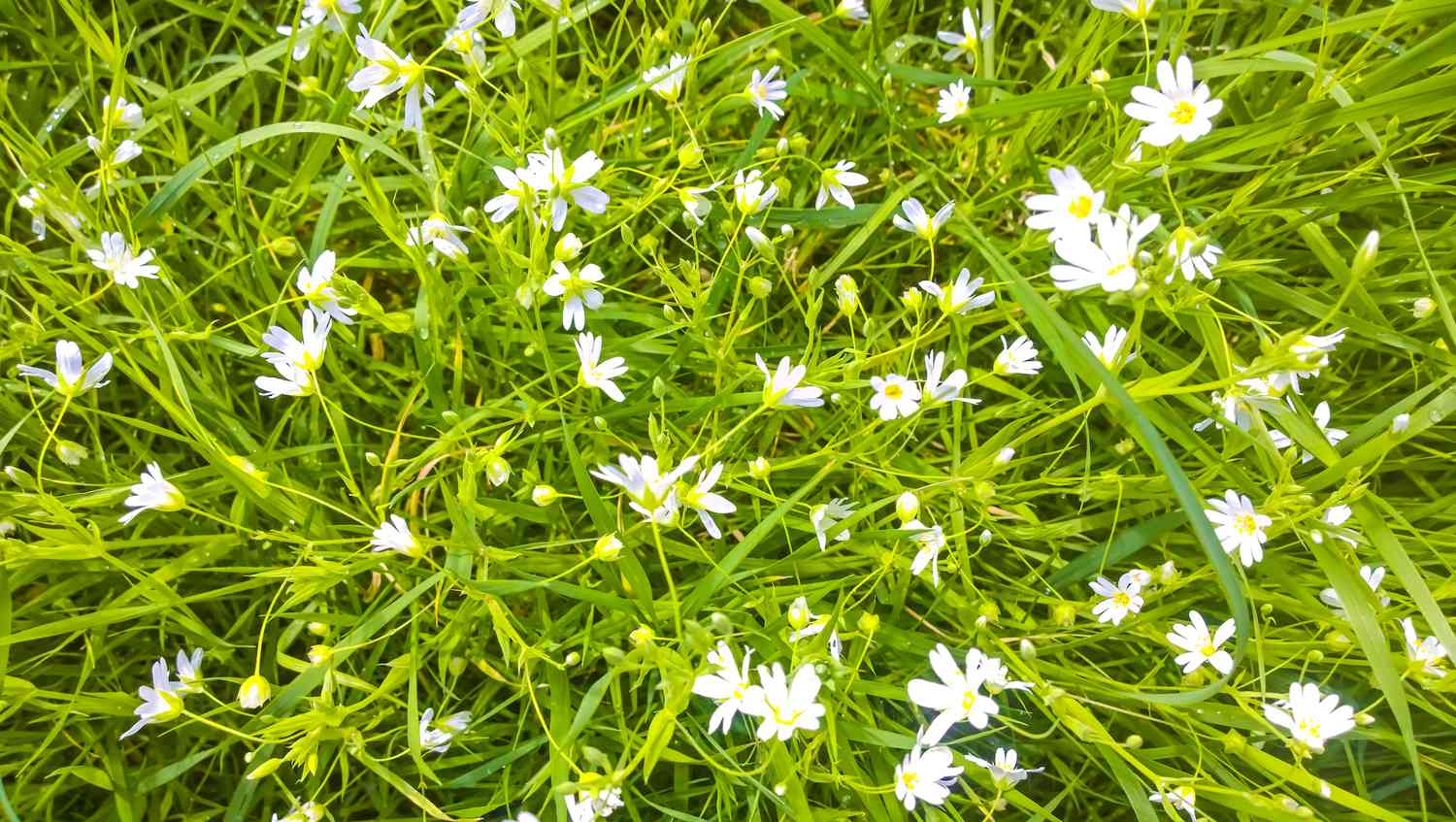

Landscaping Ideas
What Are The Little White Flowers In My Grass
Modified: January 30, 2024
Discover landscaping ideas to manage the little white flowers in your grass. Explore effective solutions for a pristine lawn.
(Many of the links in this article redirect to a specific reviewed product. Your purchase of these products through affiliate links helps to generate commission for Storables.com, at no extra cost. Learn more)
Introduction
Have you ever noticed those little white flowers that seem to pop up in your grass, almost like tiny stars scattered across a green sky? While these delicate blooms may appear charming at first glance, they can quickly become a nuisance for those striving for a pristine lawn. Understanding the nature of these little white flowers and how to manage them can help you maintain a healthy and vibrant lawn that you can be proud of.
In this article, we’ll delve into the world of these elusive blooms, exploring the different types of little white flowers that may invade your grass, the reasons behind their presence, and effective strategies for keeping them at bay. By the end, you’ll be equipped with the knowledge and tools to tackle these pesky intruders and reclaim your lawn’s natural beauty.
Key Takeaways:
- Say goodbye to little white flowers in your grass by improving soil health, optimizing mowing techniques, managing moisture levels, and implementing targeted weed control measures.
- Understanding the types and reasons for little white flowers in your grass can help you reclaim a vibrant, weed-resistant lawn with targeted strategies.
Read more: What Are The White Flowers In The Grass
Types of Little White Flowers
When it comes to identifying the little white flowers that dot your lawn, several common culprits may come into play. Understanding the characteristics of these flowers can provide valuable insight into how to manage them effectively.
1. Daisy Fleabane (Erigeron annuus)
Daisy fleabane, also known as annual fleabane, is a perennial weed that often pops up in lawns, gardens, and other open areas. This plant features small, daisy-like flowers with white petals and a yellow center, creating a charming yet invasive presence in the grass.
2. Chickweed (Stellaria media)
Chickweed is another common weed that can infiltrate lawns, showcasing tiny white flowers with five deeply lobed petals. This low-growing plant tends to thrive in moist, shady areas, making it a frequent guest in lawns with less than ideal growing conditions.
3. Hairy Bittercress (Cardamine hirsuta)
Hairy bittercress is a winter annual weed that often emerges in early spring, producing clusters of small white flowers. This plant can quickly spread and become a nuisance in lawns, especially if left unchecked.
4. White Clover (Trifolium repens)
White clover is a perennial broadleaf weed that features distinctive white flowers, often with a pale pink hue. While some homeowners appreciate its nitrogen-fixing properties, others may view it as an unwelcome addition to their carefully tended lawns.
By familiarizing yourself with these common types of little white flowers, you can take the first step toward implementing targeted strategies to manage and control their presence in your lawn.
Reasons for Little White Flowers in Grass
The sudden appearance of little white flowers in your grass can leave you wondering about the underlying reasons for their presence. Several factors may contribute to the proliferation of these blooms, shedding light on the conditions that enable them to thrive.
1. Soil Conditions
Unfavorable soil conditions, such as compacted soil or low fertility, can create an environment that is conducive to the growth of weeds, including little white flowers. Compacted soil restricts root development and hinders the grass’s ability to compete with opportunistic plants, while nutrient-deficient soil may fail to support robust grass growth, leaving gaps for weeds to fill.
2. Mowing Practices
Inconsistent or improper mowing practices can weaken the grass and provide an opening for weeds to establish themselves. Mowing the grass too short, for instance, can stress the turf and make it more susceptible to weed invasion, including the proliferation of little white flowers.
3. Moisture Levels
Excessive moisture or poor drainage in the lawn can create an environment that favors the growth of certain weeds. Little white flowers, particularly those that thrive in moist conditions, may take advantage of these settings to spread and multiply, leading to their conspicuous presence in the grass.
4. Seasonal Variations
The emergence of little white flowers in the grass may also be influenced by seasonal variations and temperature fluctuations. Some weeds, including those with white blooms, have specific growing seasons and may capitalize on favorable conditions to assert their presence in the lawn.
By understanding the underlying reasons for the proliferation of little white flowers in your grass, you can adopt targeted measures to address these factors and create an environment that is less hospitable to these unwelcome intruders.
Consider mowing your grass at a higher setting to allow the little white flowers, likely clover or chickweed, to bloom and provide food for bees and other pollinators.
How to Get Rid of Little White Flowers
Dealing with the presence of little white flowers in your grass requires a proactive approach that targets the underlying causes while implementing effective control measures. By addressing key factors such as soil conditions, mowing practices, and moisture levels, you can minimize the prevalence of these blooms and restore the vitality of your lawn.
1. Improve Soil Health
Enhancing soil health is crucial for promoting robust grass growth and reducing the likelihood of weed infestations. Aerating the soil to alleviate compaction, amending it with organic matter to boost fertility, and ensuring proper pH levels can create an environment that is less favorable to little white flowers and other invasive plants.
2. Optimize Mowing Techniques
Adopting appropriate mowing practices can bolster the resilience of the grass and limit the spread of weeds. Set your mower blade to the recommended height for your grass type, avoid removing more than one-third of the grass blade in a single mowing session, and maintain sharp mower blades to achieve clean cuts that minimize stress on the turf.
3. Manage Moisture Levels
Regulating moisture levels in the lawn can help deter the proliferation of little white flowers and other weeds. Proper irrigation practices, such as watering deeply but infrequently to encourage deep root growth, can promote a healthy lawn while minimizing opportunities for weeds to take hold. Additionally, addressing drainage issues and improving soil structure can contribute to a more balanced moisture environment.
4. Targeted Weed Control
Implementing targeted weed control measures can help address existing infestations of little white flowers. Selective herbicides designed to target specific weed species, when applied according to label instructions, can help manage these blooms without harming the surrounding grass. Additionally, manual removal of weeds and the use of mulch to suppress their growth can complement these efforts.
By integrating these strategies into your lawn care routine, you can gradually diminish the presence of little white flowers and create an environment that is conducive to healthy, vibrant grass.
Conclusion
The presence of little white flowers in your grass can be a persistent challenge, but with a deeper understanding of their nature and the factors that contribute to their proliferation, you can take proactive steps to manage and minimize their impact. By identifying common types of little white flowers, recognizing the reasons behind their presence, and implementing targeted strategies, you can reclaim the beauty of your lawn and cultivate a thriving, weed-resistant landscape.
As you navigate the process of addressing little white flowers in your grass, remember that a holistic approach to lawn care is key. By improving soil health, optimizing mowing techniques, managing moisture levels, and implementing targeted weed control measures, you can create an environment that is less hospitable to these unwelcome intruders. Additionally, staying attuned to seasonal variations and the unique characteristics of your lawn can inform your approach and help you address specific challenges effectively.
Ultimately, the journey to a lush, resilient lawn is a continuous endeavor that requires patience, attentiveness, and a commitment to nurturing the natural beauty of your outdoor space. By cultivating a deeper understanding of your lawn’s unique dynamics and implementing best practices for its care, you can create an environment that flourishes with healthy, vibrant grass while minimizing the presence of little white flowers and other invasive plants.
With these insights and strategies at your disposal, you are well-equipped to embark on a journey toward a flourishing, weed-free lawn that you can enjoy and take pride in for years to come.
Frequently Asked Questions about What Are The Little White Flowers In My Grass
Was this page helpful?
At Storables.com, we guarantee accurate and reliable information. Our content, validated by Expert Board Contributors, is crafted following stringent Editorial Policies. We're committed to providing you with well-researched, expert-backed insights for all your informational needs.
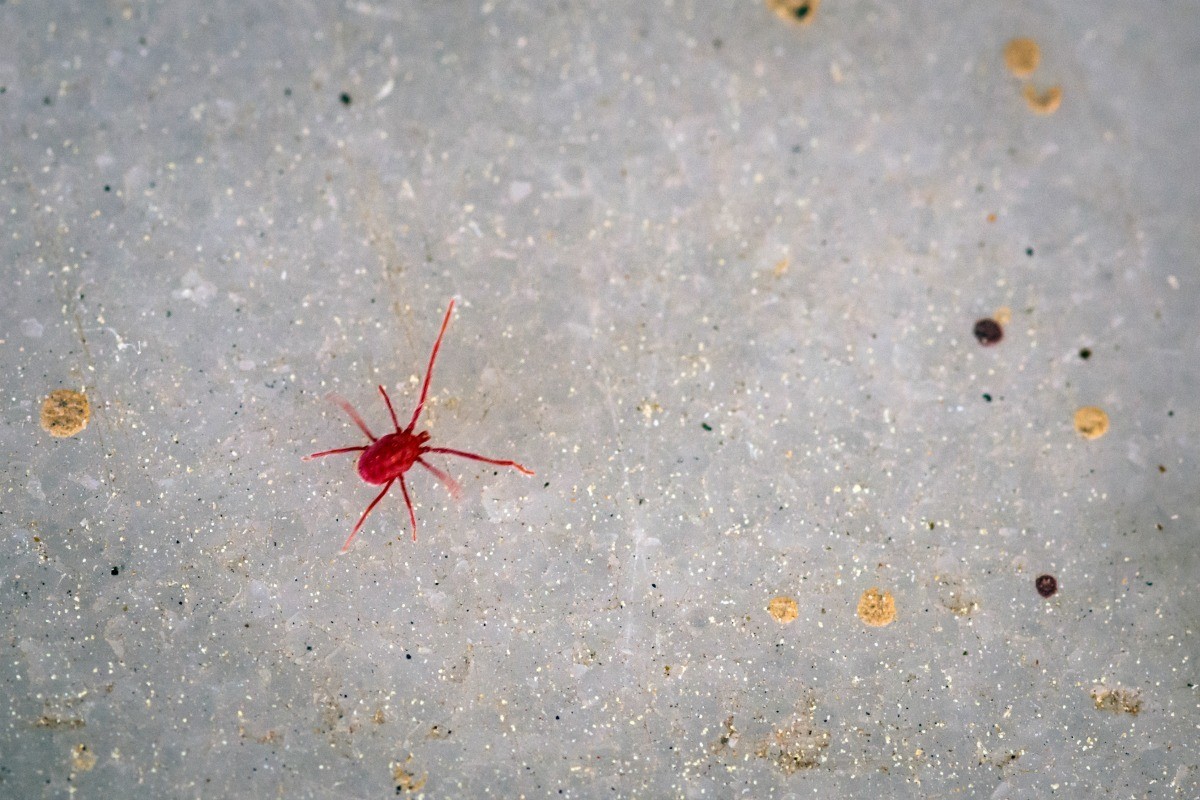
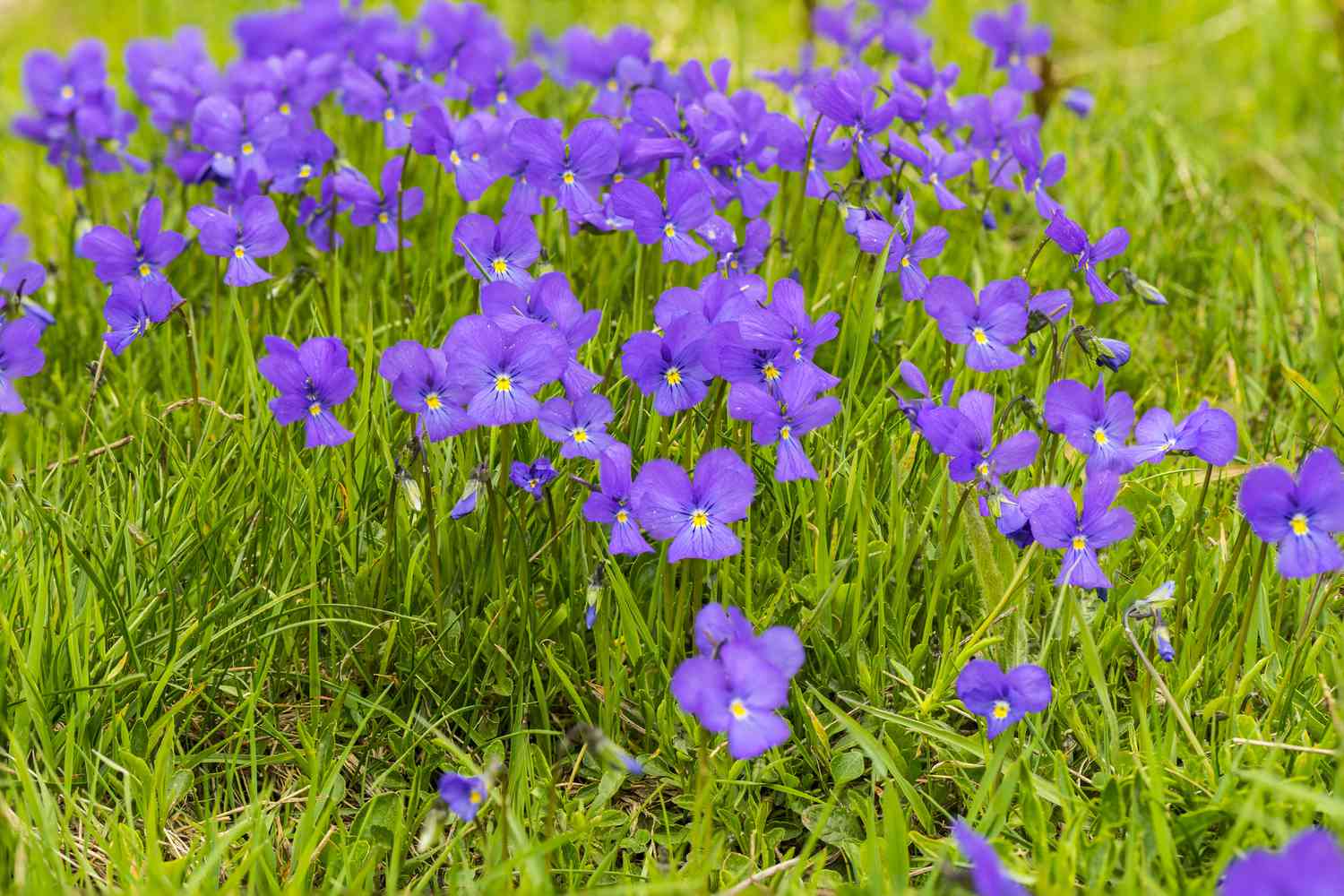
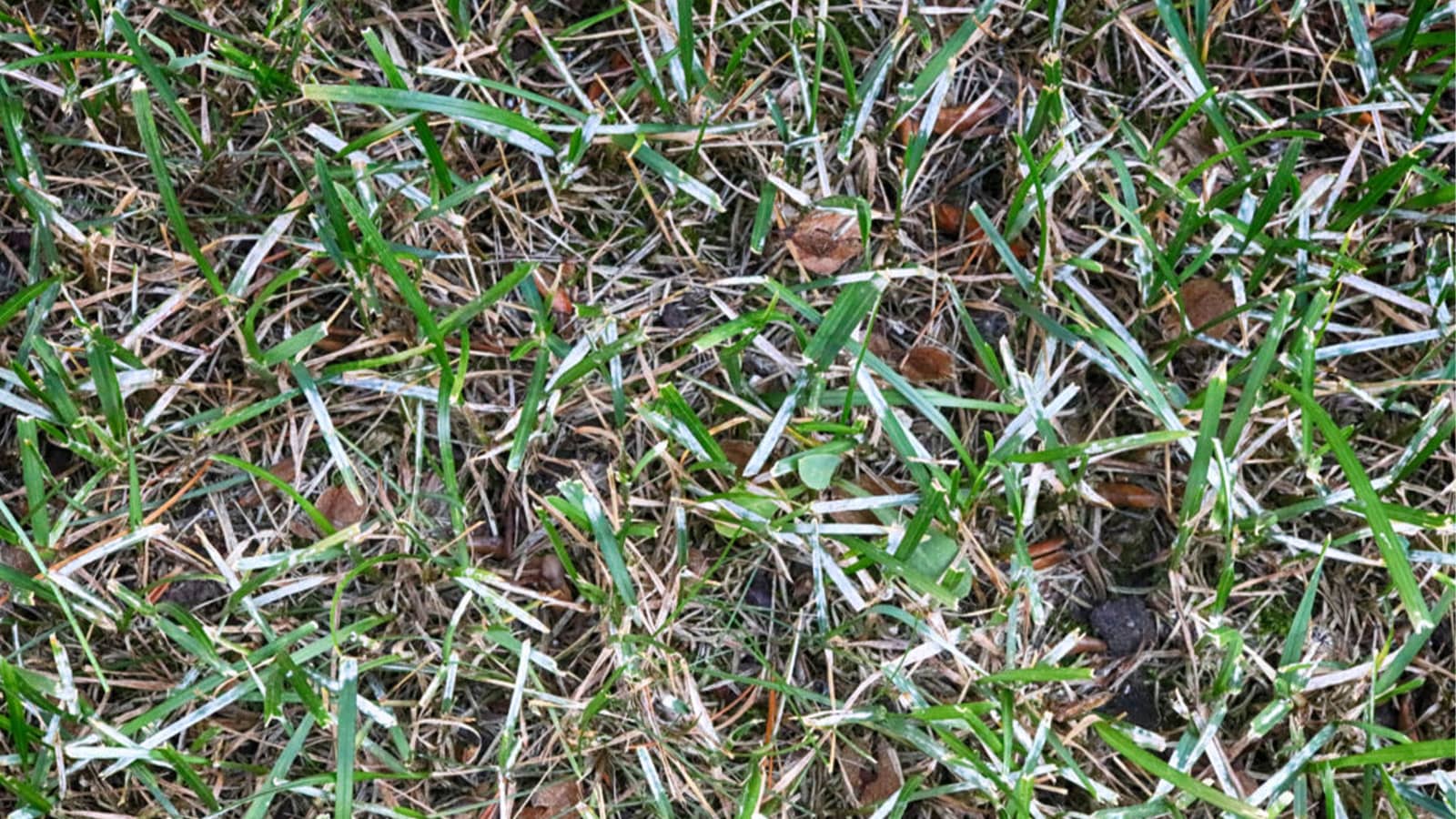

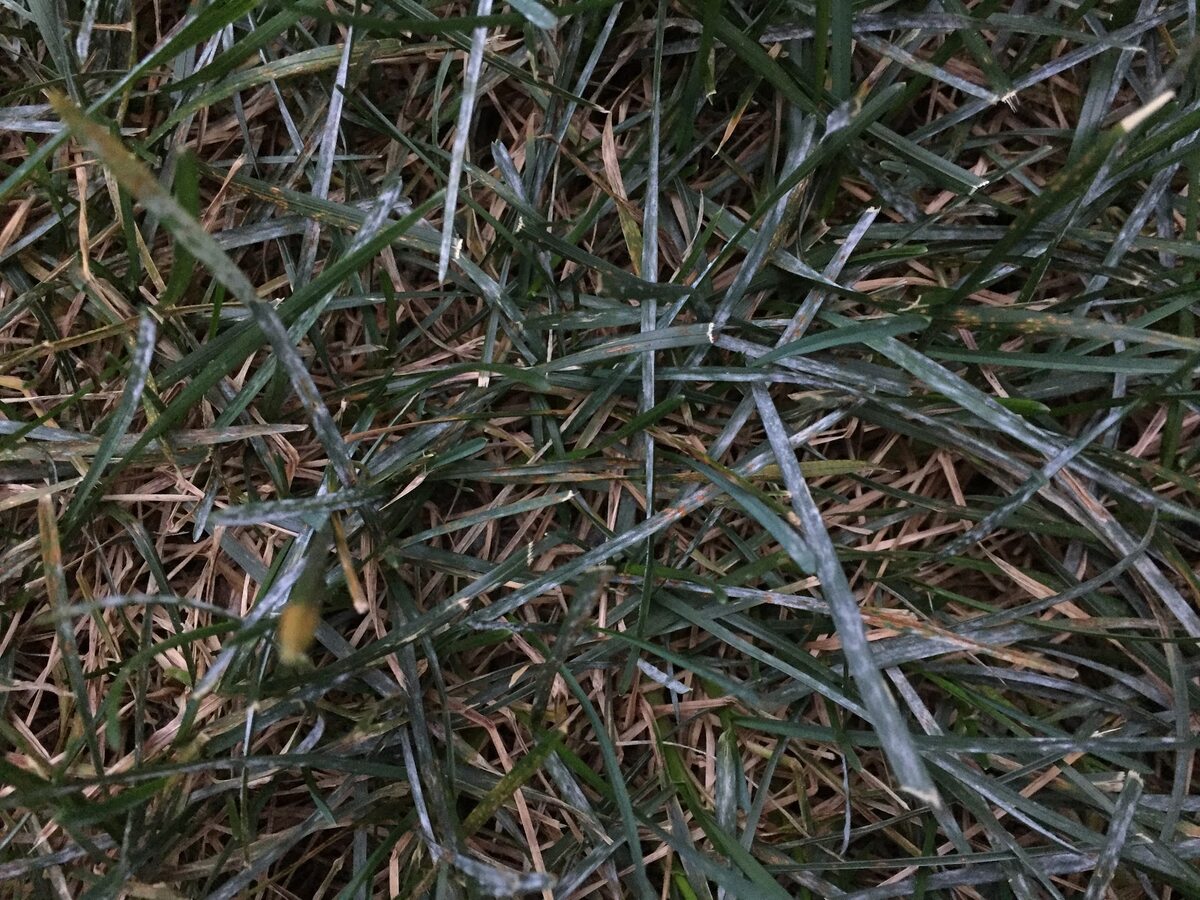
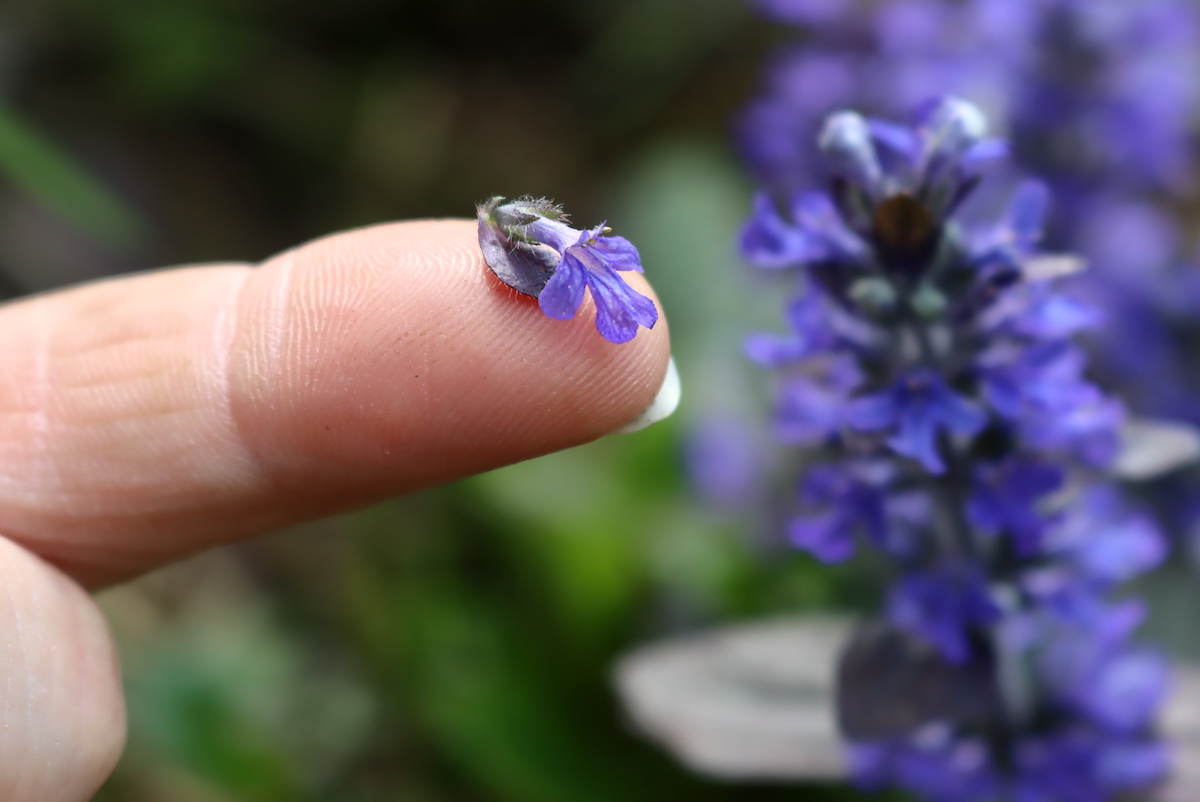
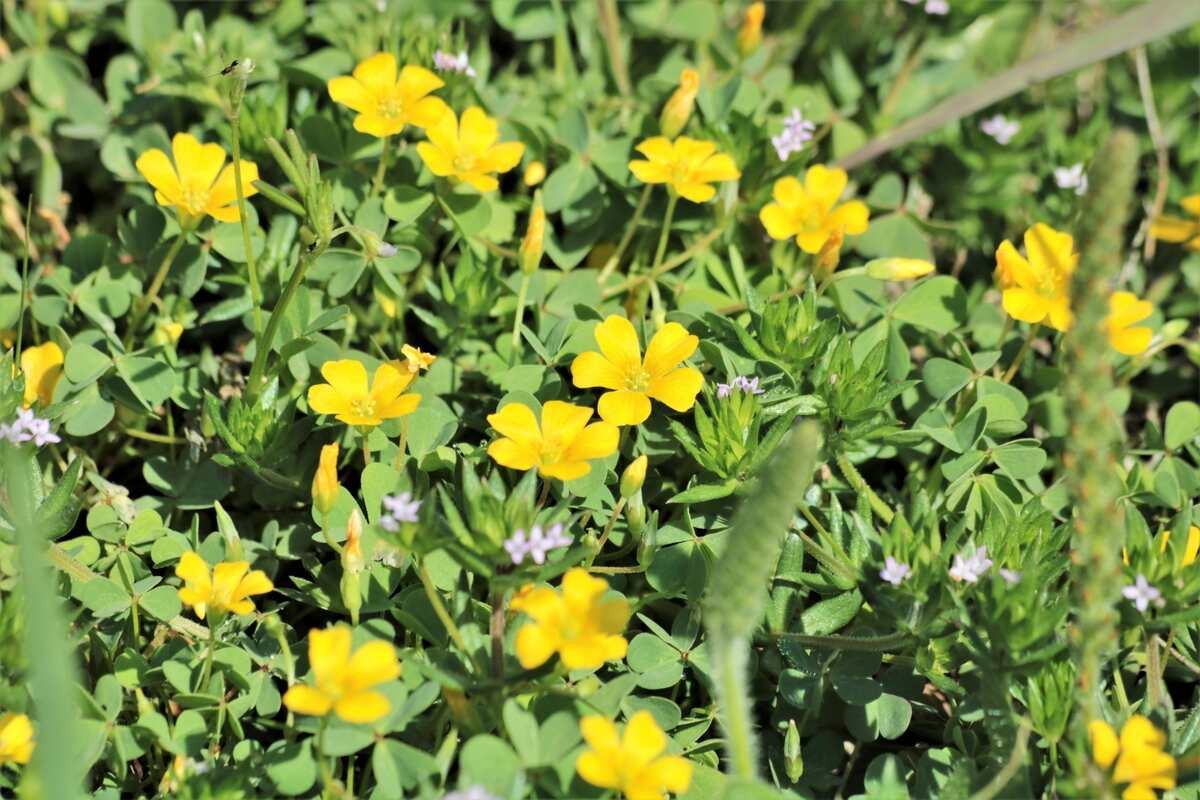
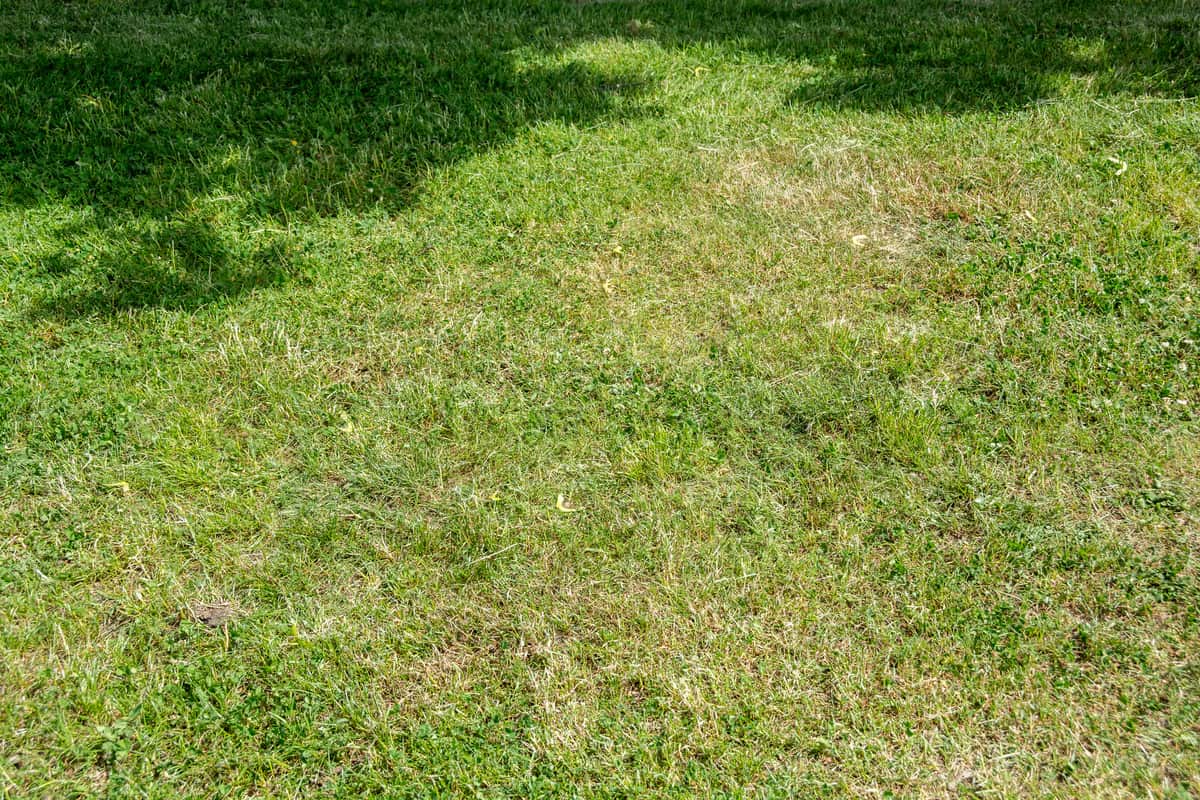
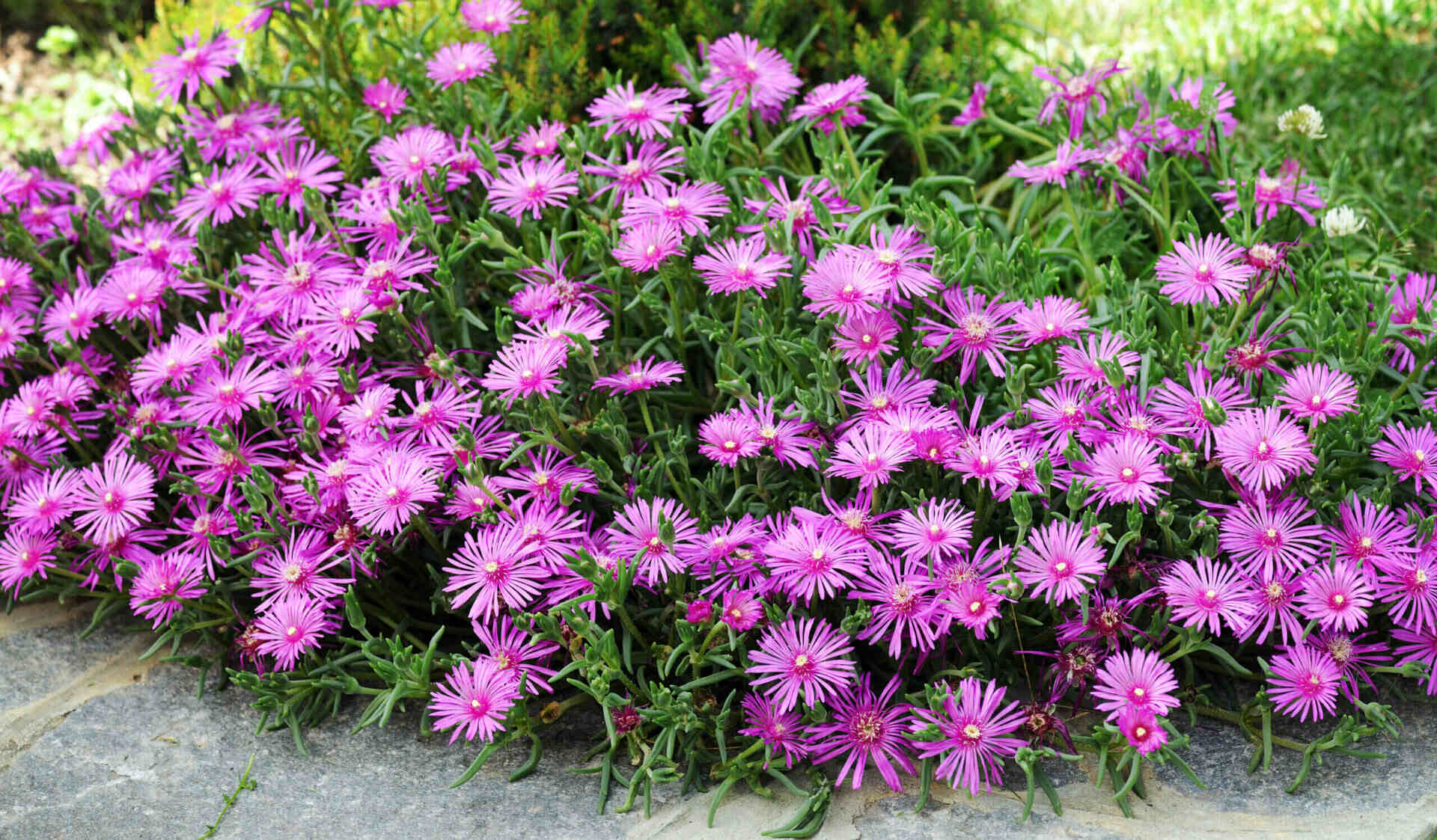

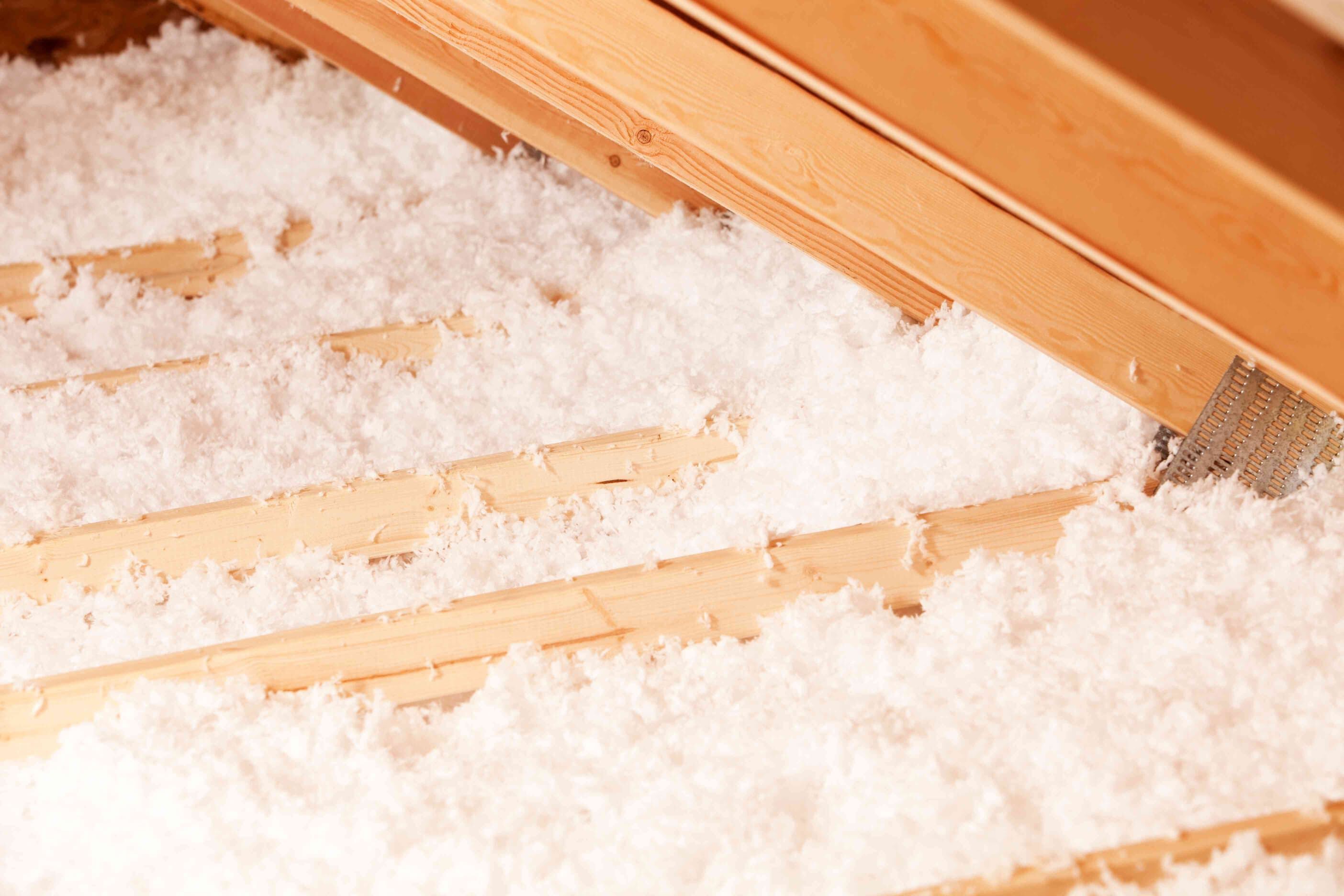
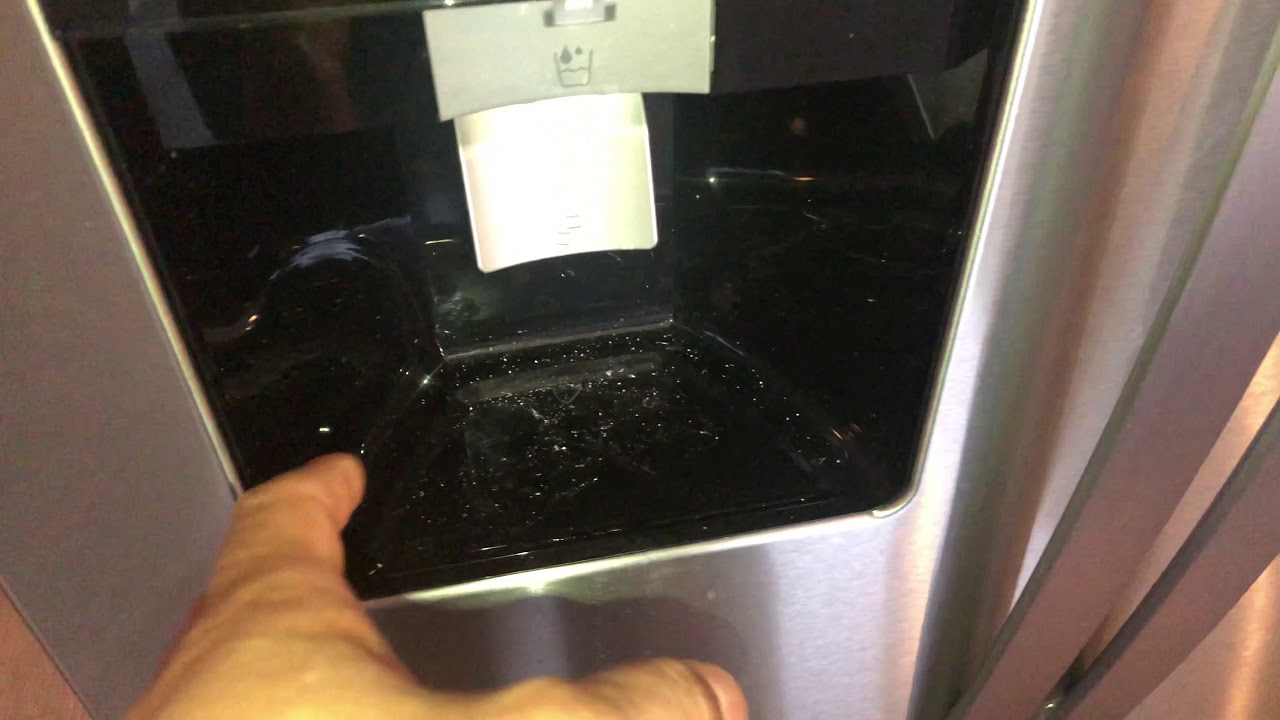

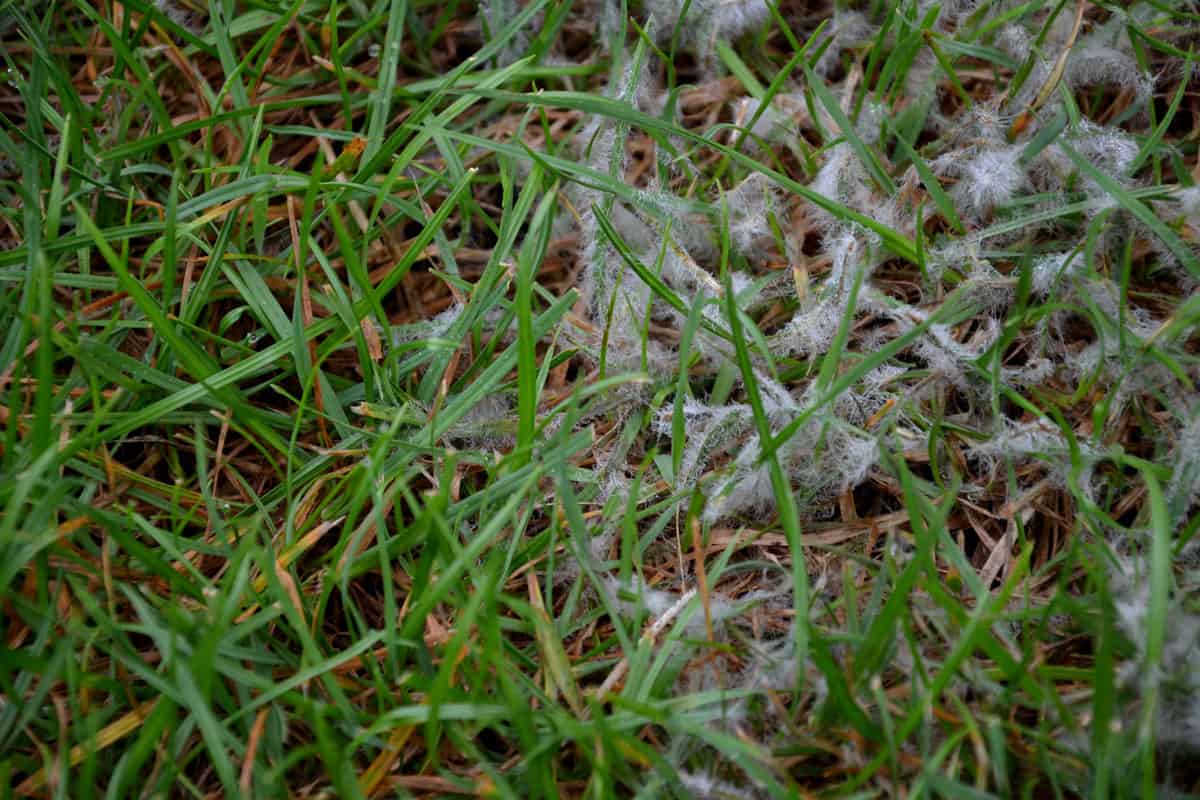
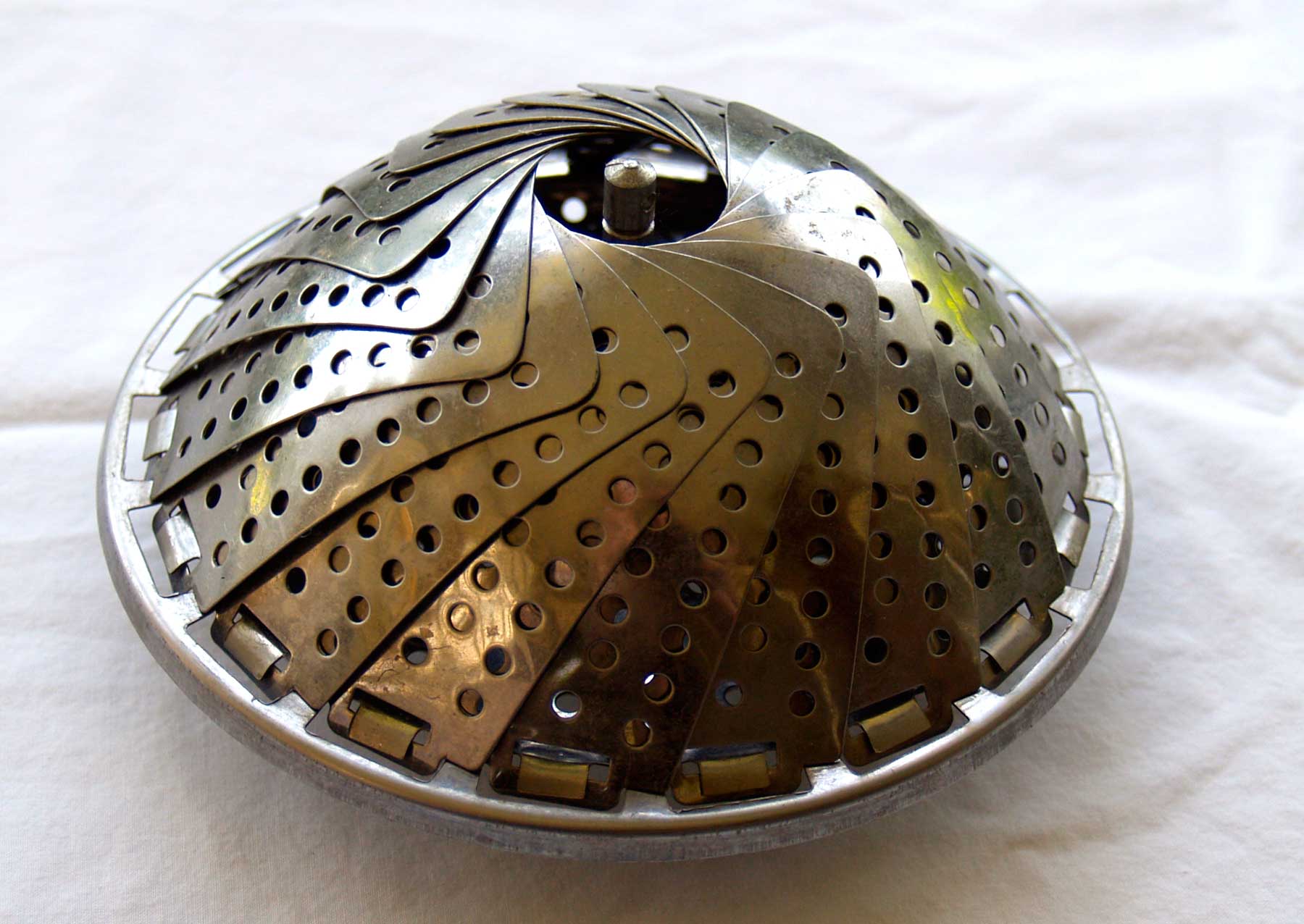

0 thoughts on “What Are The Little White Flowers In My Grass”